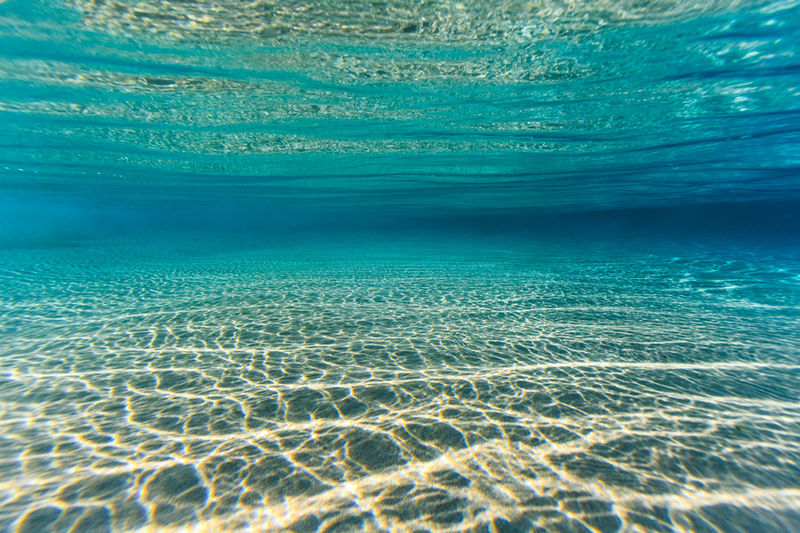“Jules Verne Pod”, the first US commercial subsea data center will reach the Pacific Ocean’s seafloor by the end of this year. In comparison to conventional land-based data centers, it is claimed to be more affordable, more dependable, and delivers faster connectivity.
The Jules Verne Pod, which will be installed close to Port Angeles on the northwest coast of the United States, has the potential to completely alter how servers are managed.
The pod, which is about the size of a 6-meter shipping container and will be slightly underwater, can hold 800 servers. The new technology aims to cut carbon emissions by 40%.
Maxie Reynolds, the Subsea Cloud founder, claims that the pod is environmentally conscientious and makes the most of all available options for sustainability, such as those related to energy production, building techniques, and materials.
Aside from that, the underwater data centers are also more affordable and reliable because they are 90 percent less expensive to produce than land-based operations. It has less complexity in terms of deployment and upkeep also results in a lower cost of materials.
Moreover, underwater data centers could offer a faster internet connection in addition to having a lower cost and environmental impact. According to Subsea, its underwater pods may cut down latency, often known as data lag, by up to 98 percent.
According to Reynolds, latency is a result of distance. The farther these data centers are from major cities, the more latency is added. In line with this, the installation of Subsea’s data centers might significantly enhance how people use their devices in major urban coastal centers like Los Angeles, Shanghai, and Istanbul, where 40 percent of the world’s population reside within 100 kilometers of a coast.
Given that signals move at 200 km per millisecond and that an internet user is typically 400 km from a data center, a round trip takes 40 milliseconds. Due to the shorter distance, this might be cut down by up to 20 times to just 2 milliseconds by Subsea’s pods.




